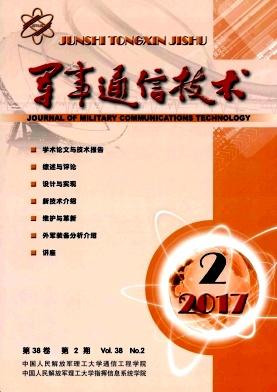EMUL-a parallel processor emulator
引用次数: 0
Abstract
EMUL is a user-friendly computer program that emulates the operation of a parallel processor. EMUL's capacity to emulate down to the chip or up to the cell level of a parallel processor gives EMUL powerful applications. Its capability to specify a parallel processor down to the chip/noise level, without regard for low-level electronic details such as drivers and resistors, permits the user to research extensively the development of a cell within any parallel processor design. This allows the user to develop a better understanding of the innate behavior of a parallel processor. Also, since each chip has complete specification freedom, EMUL encourages examination of numerical performance, quantization effects, data dependency, and error analysis. Finally, the ability of EMUL to specify a parallel processor up to the cell level furnishes the user with a convenient tool to verify actual chip and cell operations once the design layout is realized in hardware. A length three direct-form finite-impulse response filter is considered as an application example.<一个并行处理器仿真器
EMUL是一个用户友好的计算机程序,模拟并行处理器的操作。EMUL的能力,以模拟下到芯片或上到单元级的并行处理器赋予EMUL强大的应用。它能够指定一个并行处理器到芯片/噪声水平,而不考虑低级电子细节,如驱动器和电阻器,允许用户广泛研究任何并行处理器设计中的单元的发展。这使用户能够更好地理解并行处理器的固有行为。此外,由于每个芯片都有完全的规格自由,因此EMUL鼓励对数值性能、量化效果、数据依赖性和错误分析进行检查。最后,EMUL在单元级指定并行处理器的能力为用户提供了一个方便的工具,一旦设计布局在硬件上实现,就可以验证实际的芯片和单元操作。以长度为3的直接形式有限脉冲响应滤波器为应用实例。
本文章由计算机程序翻译,如有差异,请以英文原文为准。
求助全文
约1分钟内获得全文
求助全文

 求助内容:
求助内容: 应助结果提醒方式:
应助结果提醒方式:


